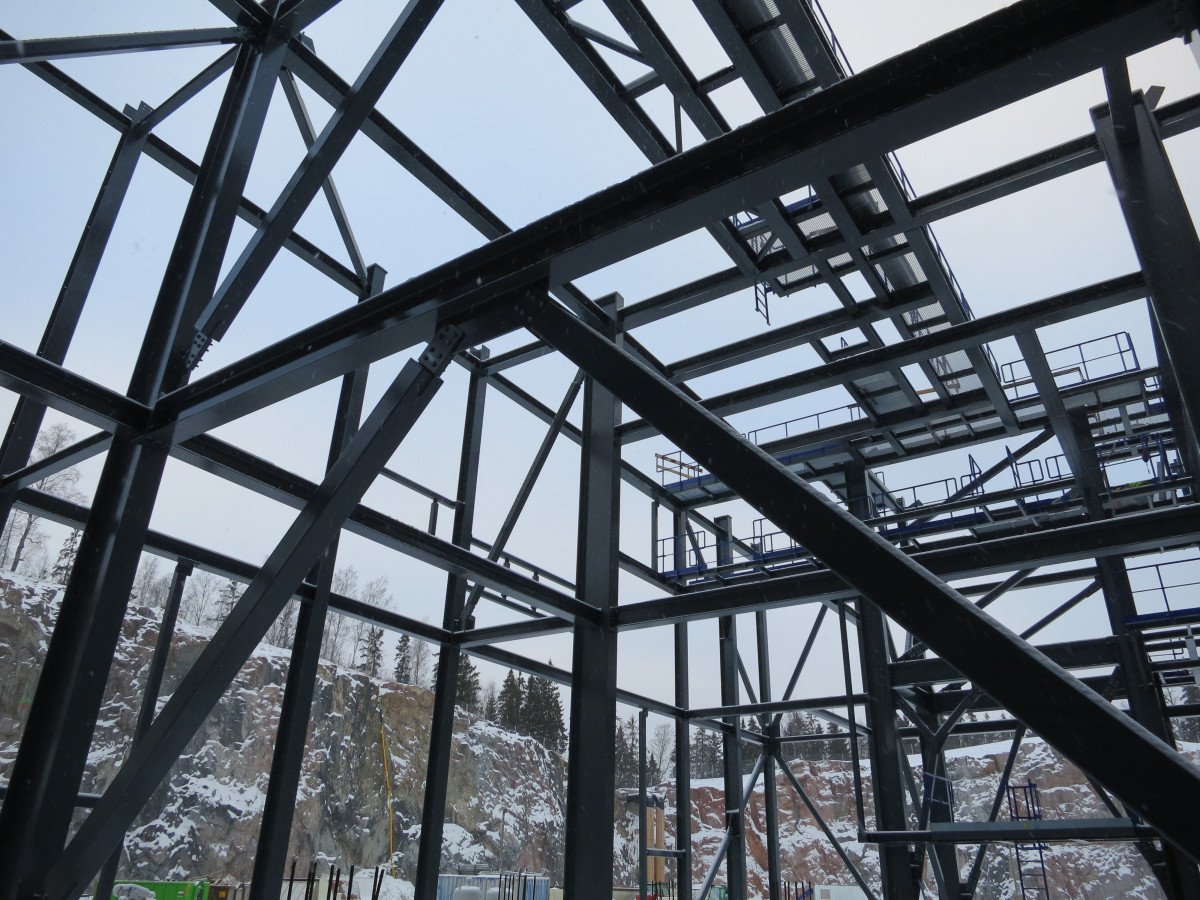Echoes of History The Marquee Club’s Effect on Rock and Roll
Situated in the center of the capital’s dynamic nightlife, the Marquee Club has long been a beloved landmark in the world of rock music. Since its inception in the final 1950s, this legendary venue has played an essential role in shaping the music scene, serving as a springboard for countless famous bands and artists. From the early days of the British rock era to the fierce spirit of the punk era, The Marquee has been filled with the sounds of innovation and defiance, attracting music lovers from every corner of the world.
As a melting pot for musical talent, the Marquee Club has witnessed legendary performances that expanded the boundaries of music and ignited the artistic drive of many generations. Notable performers like The Rolling Stones, Led Zeppelin, and The Who graced its platform, each leaving an indelible mark on the fabric of music history. In this exploration of the Marquee Club’s profound impact, we delve into its rich legacy, the artists it supported, and the cultural movements it sparked, all of which still echo in the beats and melodies of today’s music.
The Origins of the Marquee Club
The Marquee Club was established in 1958, initially located on Oxford Street in London. It was created by entrepreneur Pendleton, who envisioned a space dedicated to highlighting emerging musical artists. The club quickly became a center for aspiring musicians, drawn to its personal atmosphere and the promise of a supportive audience eager to experience the newest music. As the cultural landscape of London evolved, the Marquee Club began to reflect the growing rock and roll movement sweeping through the city.
In its initial years, the Marquee Club featured a range of musical acts, ranging from jazz to rhythm and blues. สล็อตเว็บตรง However, as the 1960s approached, the focus shifted towards rock music, coinciding with the rise of iconic musical groups. Groups such as The Rolling Stones and The Who took its stage, solidifying the venue’s reputation as a launchpad for legendary artists. The Marquee became a pivotal point in the careers of many musicians, providing them with essential exposure in a rapidly changing musical landscape.
The club’s significance extended mere performances; it fostered a sense of connection among musicians and fans alike. It became a place where creativity flourished, and collaborations were born. The eclectic lineup and unpretentious setting attracted a varied crowd, making it a melting pot of musical creativity. This spirit of community and experimentation set the Marquee Club on a course to become a cornerstone of rock and roll history, influencing generations of artists long after its doors closed.
Iconic Performances
The Marquee Club has been the setting for numerous unforgettable performances that shaped the rock and roll landscape. Opened in the mid 1960’s, it quickly became a sanctuary for emerging talent and renowned acts alike. Bands such as The Stones and The Who graced its platform, enchanting audiences with their unfiltered spirit and groundbreaking sound. Each show was a unique experience, contributing to the club’s status as a springboard for music legends.
One of the most iconic events in the club’s history occurred during a set of concerts featuring Bowie. His initial performances highlighted his eclectic style and theatrical presence, mesmerizing fans and helping him forge a distinct persona in the musical scene. These performances not only elevated Bowie’s career but also solidified The Marquee Club’s status as a vital platform for artists venturing into new music directions, particularly during the glam rock movement of the 1970s.
In furthermore to regional talent, The Marquee Club attracted international stars, furthermore cementing its impact in the rock genre. Acts like Led Zeppelin and Jimi Hendrix delivered thrilling performances that left an indelible mark on those lucky enough to witness them. The club’s intimate setting allowed for a special bond between the artists and the audience, creating an ambiance of thrill and expectation that has become a part of its heritage. These legendary performances continue to echo in the annals of rock heritage, reminding us of the extraordinary experiences that unfolded inside its sacred walls.
Cultural Significance and Heritage
The iconic venue played a pivotal role in shaping the sound and spirit of rock and roll during its peak years. As a platform that showcased up-and-coming talent alongside seasoned acts, it became a proving ground for countless artists. Musicians like The Rolling Stones, Bowie, and the iconic Led Zeppelin graced its stage, and their performances at the club often marked key moments in their careers. This unique blend of talent fostered an environment of creativity and innovation that echoed throughout the music industry.
Beyond its contribution to individual careers, the venue helped establish a dynamic music scene in London during the 1960s and 1970s. It became a nexus for varied musical styles, influencing genres ranging from blues to punk rock. The club served as a cultural touchstone, welcoming audiences of all backgrounds and creating a community spirit among music lovers. This influence reached beyond the club’s walls, inspiring other venues and festivals, thereby influencing the evolution of the culture of live music across the globe.
Today, the legacy of the iconic venue can still be felt in the way music performance and experienced. Modern artists continue to find inspiration from the rich history and the rebellious spirit that the club embodied. Its iconic status reminds us of the power of music to transform and the importance of places that support artistic expression. The venue not only left an indelible mark on rock and roll but also created a lasting imprint on the cultural landscape, shaping generations of artists and fans alike.

